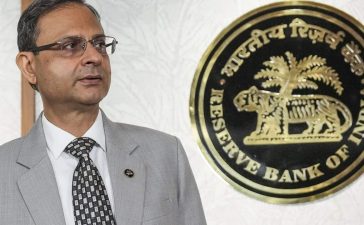Proactive Investors – Gold has demonstrated its defensive qualities by rising approximately 2.8% since US$/JPY fell below 160 on July 11th.
However, during the recent market turbulence, the suffered a sharp decline, with a high-to-low drop nearing 5% notes bank Macquarie.
This occurred despite the Fed Funds Futures market pricing in 50 basis points of cuts by the 18 September FOMC meeting.
The recent price action across various assets suggests that markets under pressure were likely influenced by either crowded long positions or low liquidity.
Gold, while not exceptionally long in terms of net CME non-commercial lots, saw investors’ US dollar notional exposure rise to a new high above $70 billion.
Silver also experienced significant volatility, with a dramatic 7.5% intraday fall one day, likely due to its relatively long positioning, which exceeded $8 billion in notional terms.
Platinum group metals (PGMs) faced challenges due to their relative illiquidity, with palladium shorts reaching a new high of 23,000 lots, indicating growing bearish sentiment.
Despite these recent movements, the potential risk-reward for precious metals could be asymmetric to the upside.
The near-term outlook remains uncertain, with the extent of Fed Funds pricing creating two-way risk.
If economic data weakens further, gold’s recent strength could be extended by faster or larger policy easing.
Conversely, any stabilization in macroeconomic data, such as the ISM services index printing at 51.4, could lead to a reduction in futures pricing for a substantial Fed Funds rate cut by year-end.
The upcoming US election’s impact on gold prices is still uncertain, with analysts divided on whether it will serve as a bullish catalyst.
The slowdown in macroeconomic data surprises is notable but appears to be driven more by disappointment in the pace of growth rather than outright contraction.
While triggering the “Sahm rule” recession indicator, the US labor market has been heavily influenced by rising participation rather than declining employment.
Nevertheless, the ongoing weakness in the manufacturing sector, as highlighted by S&P’s global PMI dropping to 49.7, compared to 53.3 for the services sector, could present headwinds for silver and the platinum group metals in the coming months.










